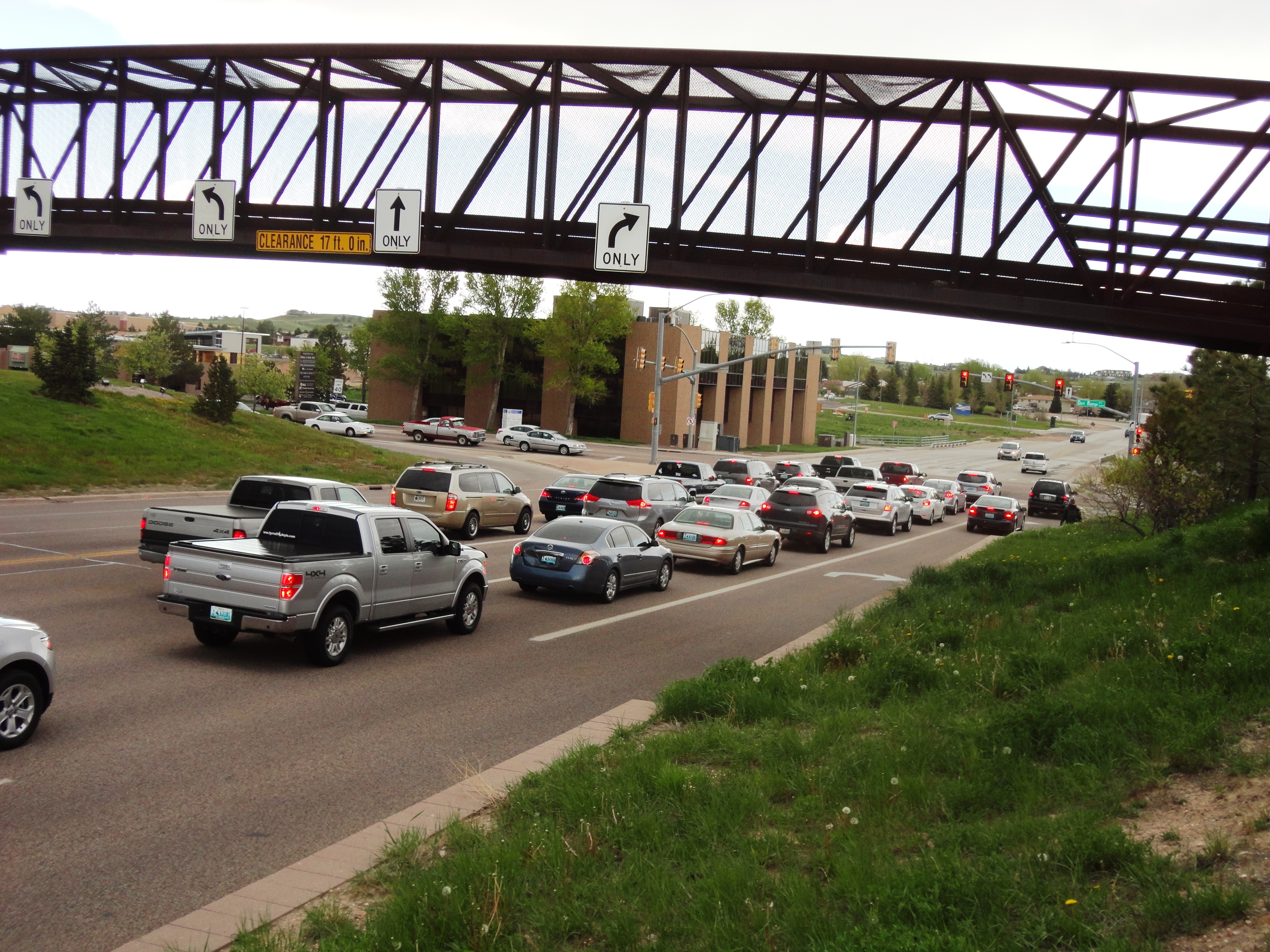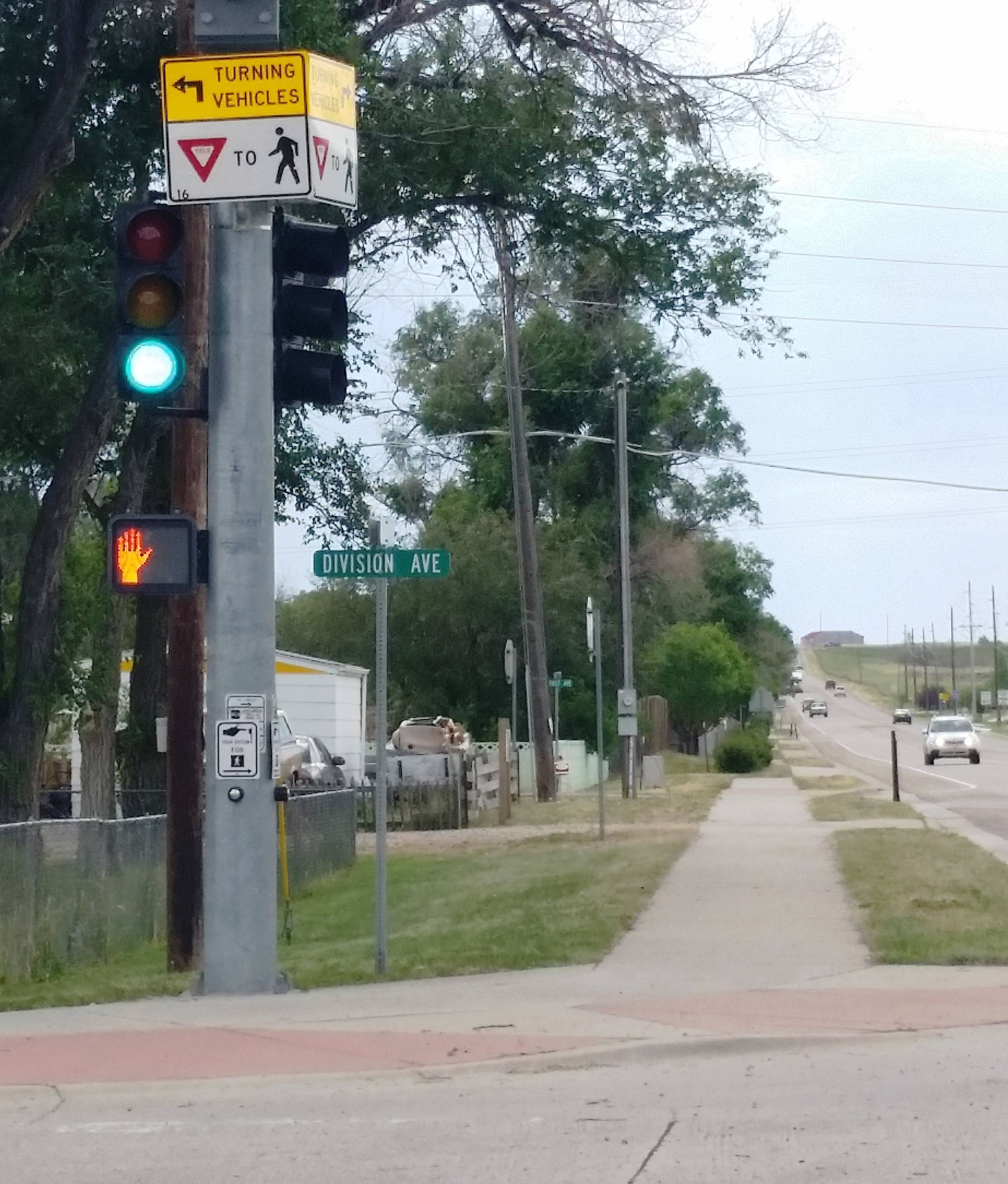About

Formerly known as the Cheyenne Area Transportation Planning Process (ChATPP), the Metropolitan Planning Organization (MPO) was designated for transportation planning purposes by the Governor of Wyoming in 1981.
What does the MPO do?
As the MPO, we’re responsible for developing transportation policies and coordinating the various federal, state, and local agencies involved in long-range transportation planning and project development.
We’re involved with a 20-year socioeconomic growth area known as the Metropolitan Planning Boundary, shown here.
Although our primary focus is transportation, our mission encompasses far more than highways and pavement. In fact, we’re involved with all aspects of growth, development and quality-of life improvements for the Cheyenne area involving transportation!
How we plan for Cheyenne’s transportation needs
A Comprehensive, Cooperative and Continuing (3C) planning process is necessary for us to plan for the Cheyenne area’s future transportation needs. A major part of this process involves both citizen input and a three- committee format. This produces an ongoing attempt to satisfy present and future travel demands, as well as to provide transportation needs for a growing population and economic base.
Additionally, we coordinate the development of a Transportation Improvement Program (TIP). Every TIP contains a prioritized list of all proposed highway, street and transit projects in the metropolitan area for a three-year period, along with funding estimates for the implementation of those programs.
As part of each TIP, we ensure there is adequate opportunity for comment on the proposed program by citizens, public transit users, public agencies, representatives of transportation agencies, freight shippers, private providers of transportation and other parties.
When planning, we also include considerations such as land use, bicycle and pedestrian needs, intermodal connectivity, methods to enhance transit service, and needs identified through the management systems required under the act.

Questions about the MPO?
Get in touch today!


